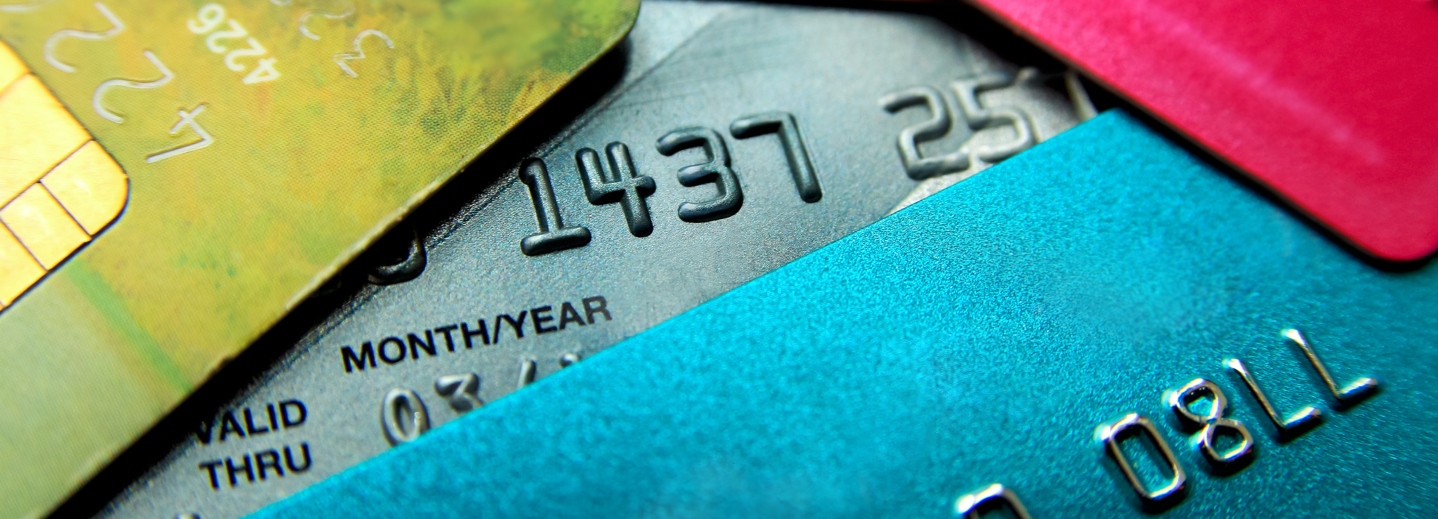Two Ratios That Could Affect Your Loan Approval

We live in a world where loans can help us afford life’s luxuries without having to make hefty initial payments for them. People are getting mortgages to purchase their first home, car loans to have an extra vehicle for their spouse, personal loans to finance a home business, and credit cards to pay for incidentals.
Lenders look at a lot more than just your credit score when they’re making a decision on a loan. They will also verify your employment history and current income. While every lender has different criteria for loan approvals, most will calculate two ratios from the gathered information: Debt-to-income ratio and unsecured ratio.
Debt-to-Income Ratio
The debt-to-income ratio provides a type of financial snapshot for the lender to determine how much debt you currently have, how much income you have coming in, and how well you are able to pay for your bills without struggling to make payments. The ratio is calculated by taking all the monthly debt payments you have now and dividing that number by the monthly gross income you make before any deductions or taxes are taken out.
So if your monthly debt payments for your mortgage, car payments, and other debts equals $1,500 and your monthly gross income is $5,000, you would have a debt-to-income ratio of 30%. Paying off some of your debts can help to lower your debt-to-income ratio and improve your credit history.
Typically, you want to have the lowest debt-to-income ratio to qualify for a loan. We recommend borrowers to keep their ratio below 40% - not just for the quality of your loan application but, to live within your means.
Unsecured Debt Ratio
There are two types of debt that a person can carry: secured debt and unsecured debt. Secured debt is typically a debt that is backed with some type of collateral that the lender can take if you fail to pay back the loan. Types of secured debt would include a home loan or car loan, as the lender can take your car or home and sell it to get back some of the loan amount that was defaulted on.
Unsecured debt is any debt where there is no collateral, such as student loans, credit cards, and personal loans. A lender will figure out your unsecured debt ratio by calculating all your unsecured debts and dividing this figure by your annual income and multiplying it by 100 to get a percentage. So, if you have $5,000 in unsecured debt and your annual income is $45,000, you have an unsecured debt ratio of 11%.
Just like your debt-to-income ratio, you also want your unsecured ratio to be as low as possible to increase your chances of getting a loan. Most lenders want to see a ratio that is 25% or lower.
Increasing Your Chances of Loan Approval
Understand what your debt-to-income and unsecured debt ratios are before applying for a loan. If either is too high, seek out ways to lessen the amount of debt you carry; starting with unsecured debt. Lowering those ratios can have a large impact on helping you get approved for your loan.
By CAMPUS USA